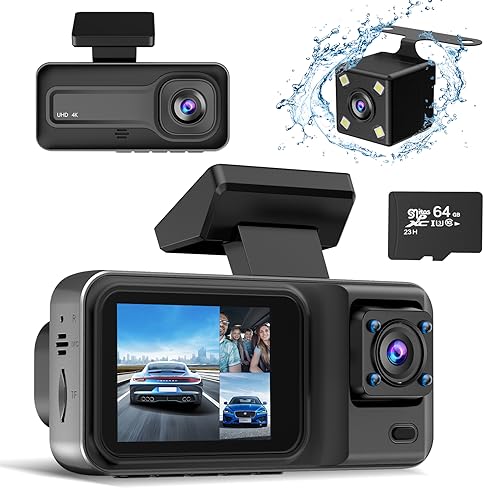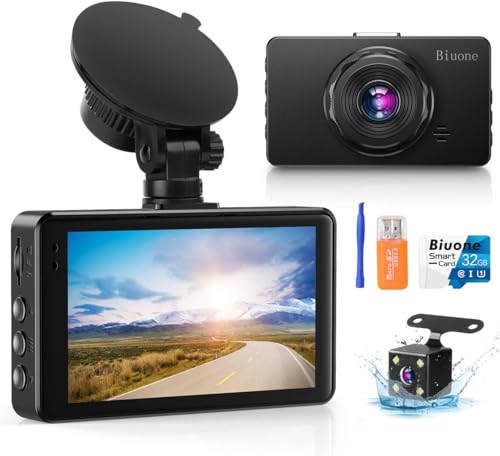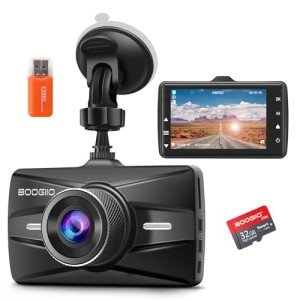First up, we have the **point-and-shoot cameras**. These are perfect for anyone who wants simplicity. Just turn it on and snap away! They’re lightweight, portable, and can easily fit in your pocket. With user-friendly settings, anyone can take decent photos without worrying too much about the technical stuff.
Next, check out the **mirrorless cameras**. If you're looking for something a bit more advanced, these might be your best bet. They’re compact yet powerful, often offering high-quality images and interchangeable lenses. This type is great for those wanting to get a bit creative with their photography while still keeping things relatively lightweight.
Don’t overlook the **DSLR cameras** either. They’ve been around for a while, and for good reason. With vast lens options and excellent image quality, they’re favored by both hobbyists and professionals. If you're serious about photography and want to dive into all the settings, a DSLR can be a solid investment.
Lastly, there are **action cameras** like the GoPro. These little guys are designed for the adventurous spirit! They’re tough, waterproof, and perfect for capturing your wildest moments, whether you’re surfing, biking, or just having fun with friends. If you want to take your photography on the go, these have got you covered.
Choosing the Right Camera for You
Choosing the right camera can feel overwhelming with so many options out there. But don’t stress! Let’s break it down together. First, think about what you’ll be using your camera for. Do you want to take stunning landscapes, capture family moments, or shoot high-action sports? Your answer can help narrow down the options.
Next, consider the type of digital camera that fits your lifestyle. If you’re always on the go, a compact point-and-shoot camera could be your best buddy. They’re lightweight, easy to use, and you can slip them right into your pocket. If you want more control over your shots, a mirrorless or DSLR camera offers greater flexibility with lenses and settings. Perfect for those who want to dive deeper into photography!
Don’t forget to think about the features that matter most to you. Are you looking for a camera with great low-light performance? Or do you want one with fast autofocus for capturing quick moments? Zoom capability is another big factor. If you’re into wildlife photography, a camera with a strong zoom will help you get those far-off shots.
Finally, set a budget. Digital cameras come in a wide range of prices. It’s easy to get tempted by the latest models, but pick one that meets your needs without breaking the bank. There are plenty of solid options out there that won’t leave your wallet empty. Remember, the best camera for you is the one that fits your needs and feels right in your hands!
4K 3-Channel Dash Cam, Front & Rear Cameras
Enhanced safety and visibility with ultra high-definition footage from the 4K 3-Channel Dash Cam, featuring front and rear cameras
Product information
$69.99
Product Review Score
4.7 out of 5 stars
172 reviewsProduct links
Essential Camera Features Explained
When diving into the world of digital cameras, you’ll quickly notice a bunch of features that sound fancy but really just help you take better photos. It can be a bit overwhelming at first, but don’t stress! Let’s break down the essential camera features that matter most.
First up, let’s talk about megapixels. This number tells you how detailed your photos can be. More megapixels usually mean clearer images, especially if you want to print them in larger sizes. But a higher number doesn’t always mean better quality. Sometimes, a camera with fewer megapixels can take great photos in low light. So, while it’s nice to have, don’t let it be the only thing you look at.
Next is the lens. The lens is like the camera’s eye; it affects how much light it lets in and the zoom capabilities. Wide-angle lenses are great for landscapes or large groups of people, while telephoto lenses are perfect for capturing distant subjects like wildlife. If you want versatility, consider a camera that lets you swap lenses based on your needs.
Don’t forget about ISO sensitivity. This feature helps your camera handle different lighting situations. A higher ISO means you can shoot in darker settings without using a flash, which can really help you avoid that harsh, unnatural light. Just watch out because higher ISOs can add noise to your images, making them look grainy.
Finally, look for image stabilization. This handy feature helps keep your photos sharp, especially if you’re shooting in low light or using a zoom lens. It helps counteract any shakes from your hands so your shots come out looking clear instead of blurry. If you plan on taking a lot of photos on the go, this is definitely a must-have!
Dual Dash Cam, 1080P FHD Front and Rear Cameras
Capture crystal clear footage from the front and back with our Dual Dash Cam's 1080P FHD Front and Rear Cameras
Product information
$69.99 $38.84
Product Review Score
4.53 out of 5 stars
216 reviewsProduct links
Tips for Taking Great Photos
Taking great photos is all about knowing a few simple tricks. Whether you're using digital cameras for the first time or you're a seasoned pro, these tips can help you capture stunning shots.
First off, remember to pay attention to lighting. Natural light can be your best friend! Try shooting during the golden hours—just after sunrise or before sunset. The soft, warm light makes everything look extra beautiful. If you're indoors, avoid harsh overhead lights; instead, position your subject near a window for a cozy glow.
Composition is key too. Use the rule of thirds to keep your photos interesting. Imagine a grid dividing your image into nine equal parts, and try to place your subject along these lines or at their intersections. This simple trick can instantly elevate your shots, making them more engaging.
Don't forget to get creative with angles! Instead of always shooting eye-level, try different perspectives. Get low to the ground for a cool view of flowers or shoot from above for a unique take on food. Playing around with different angles can add depth and excitement to your photos.
Lastly, practice makes perfect! Keep your digital cameras handy and snap away as often as you can. Experiment with settings, try different subjects, and most importantly, have fun! The more you shoot, the better you'll get. So grab your camera and start capturing memories!





